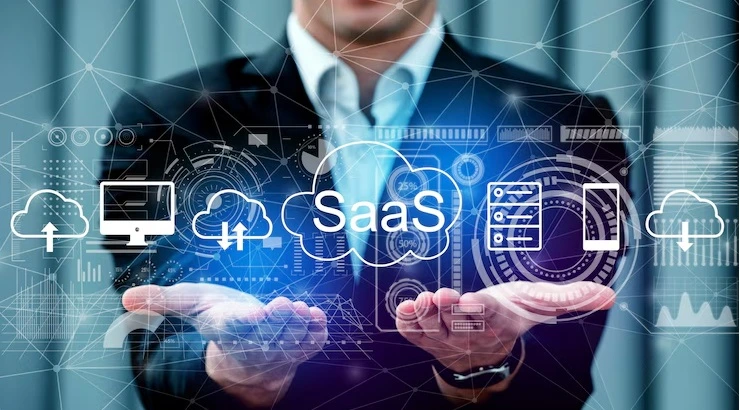We’ll explore the following topics:

In simple terms, the SaaS business model lets you use software by paying for it on a subscription basis. Instead of buying software outright, you pay a fee to a third-party provider hosting everything. You can use the software without worrying about maintenance or infrastructure costs.
There are two main types of SaaS products:
Software as a Service (SaaS) product development can benefit various industries in many ways, including:

Tip: To message designers on Dribbble, you must pay $20 for a yearly membership. Worth it!
The “Product requirements” phase is a bit daunting. It sounds too formal! This phase is the story of a product—what it is, how it works, and who it’s for. At Nodespace, we follow the below steps to create product requirements:
We even used a worksheet based on the Hook Model, a great way to build products people love using.
Building a software product can be challenging but not impossible. There are several things to do while building the SaaS product:
With the product ready, it was time to start selling! There’s a lot of info out there about SaaS marketing, but here’s a quick overview of what we prefer:

Cost of SaaS Development: The cost of developing a SaaS product varies based on complexity, features, technology stack, and team size. It can range from $50,000 to $500,000 or more on average. The cost includes development, design, testing, deployment, and ongoing maintenance. Customizations, third-party integrations, and advanced features like AI or automation can increase the overall expense.
For a successful SaaS product launch, you need to follow below steps:
